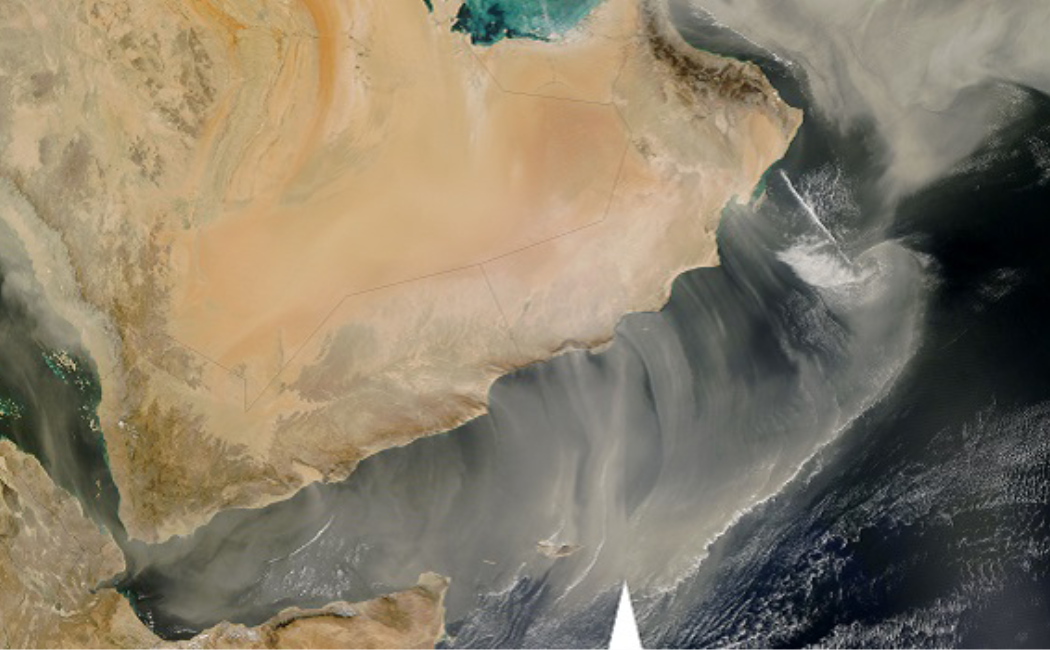


12 January, 2020
Over the past decade, summer dust has been increasing over the Arabian Peninsula, posing global health and climatic risks. Strong winds from Africa, funneled through a gap on the western Red Sea coast, have contributed to this growing dust load.
“The Arabian Peninsula is a prime hotspot for dust activity,” says KAUST Earth modeling specialist Ibrahim Hoteit. Dust from the Middle East affects atmospheric heating, global circulation, regional oceanography, and the Indian monsoon. While rising dust storms have been noted, their long-term trends were unclear.
KAUST and Indian researchers analyzed over 30 years of dust data (1980-2016), finding a significant increase in summer dust since the early 1980s. This surge is mainly due to stronger westerly winds transporting Saharan sand through the Tokar Gap, as well as rising temperatures and reduced moisture, which enhance dust uplift.
The increasing dust load could impact water management, agriculture, health, and transportation, with effects on marine ecology, air quality, and respiratory health.
The team plans to develop dust projections and study its interactions with other climatic processes.
🔗 Read more on KAUST Discovery
Kumar, R.K., Attada, R., Dasari, H.P., Vellore, R.K., Abualnaja, Y.O., Asok, K. & Hoteit, I. On the recent amplification of dust over the Arabian Peninsula during 2002 – 2012. Journal of Geophysical Research Atmospheres 124, 13220-13229 (2019).| article